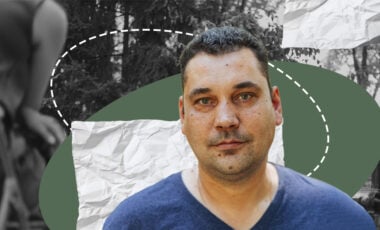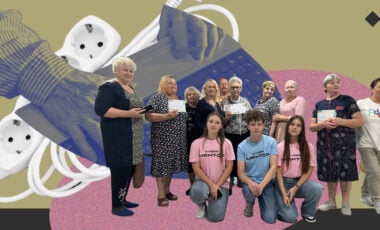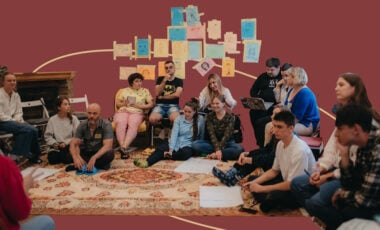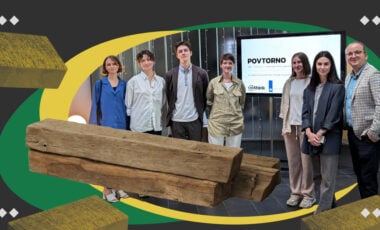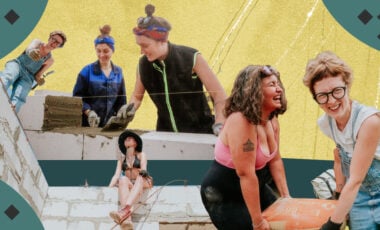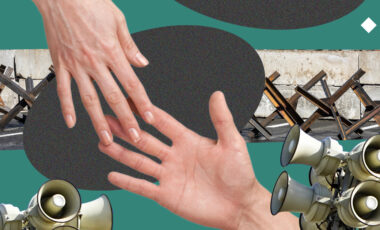Eco-solutions: Kyiv sisters win silver at innovation exhibition with robotic garbage station powered by neural network
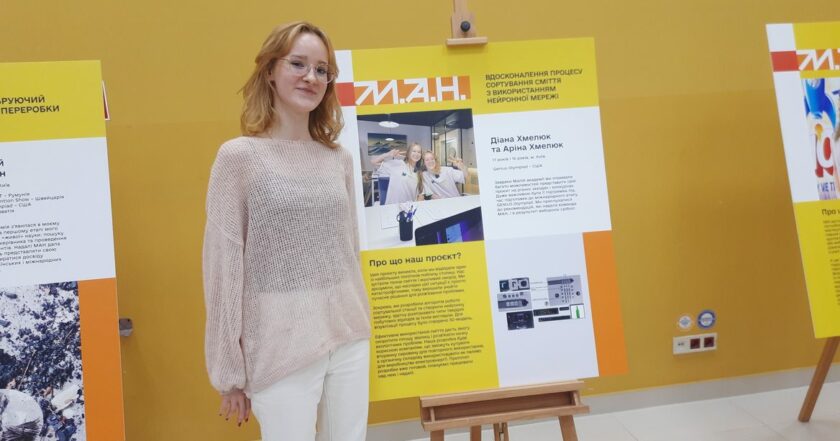
Photo: dev.ua
Arina and Diana Khmeliuk, from Kyiv, have created a groundbreaking robotic waste sorting station that operates using a neural network. Their project has gained global recognition and earned them a silver medal and special recognition at IWIS, one of Europe's biggest innovation exhibitions in Poland.
Dev.ua reports this.
What is the problem?
The girls' grandma lives close to Pidhirtsy, where there is a dump for regular trash. The smell from that dump got the sisters thinking about the waste sorting project.
As part of a project for the international Genius competition, the girls, who were students at the National Academy of Sciences, produced a film about the landfill.
"It was not the most pleasant impression. The emotions of what I saw forced me to do something about it because it is impossible to live there anymore," Diana recalls.
While developing the project idea, the sisters learned that there is an incineration plant in Kyiv.
"But it also burns plates and polyethylene, which harms the environment," Diana notes.
What is the solution?
At that point, the girls decided to take action to help reduce the amount of garbage or at least recycle a portion of it. In addition, the project included a feature to construct a complete facility that would sort and incinerate solely organic materials.
Diana has already graduated from school and is in her first year at the Faculty of Informatics and Computer Engineering at the Kyiv Polytechnic Institute named after Ihor Sikorskyi. Arina is currently in her final year at the Kyiv Polytechnic Lyceum, and both girls are part of the Junior Academy of Sciences.
Diana mentioned that she and her sister collaborated on the entire project. She handled the neural network development while Arina worked on the algorithm and 3D model for the station.
How does it work?
As they say, the robotic station of the Khmeliuk sisters goes through several stages during waste sorting:
- Waste control: At the beginning, the waste is tested for toxicity and radioactivity to avoid harmful materials that cannot be recycled.
- Next, the garbage must go through several stages before getting to the sorting line, where it will be processed by robotic systems with a neural network:
- The trash bag is fed into a large drum with teeth that tear the bag and release the contents.
- The drum rotates, breaking up the garbage and making it easier for the assembly to sort it.
- In the middle, the drum should contain ultraviolet emitters that disinfect garbage and remove odors and harmful bacteria.
- Through holes of different sizes from 50 mm to 250 mm and more, which exist in the drum, the garbage enters the conveyors.
These conveyors must be equipped with manipulator robots and sensors with a neural network. When the model recognizes an object, the manipulator moves the garbage to the appropriate tank.
"We added neurons that recognize exactly what we need, not just a wall or a ceiling, but plastic, glass, etc.," the girl explained.
The sisters chose the Exception neural network architecture for their project, adapting it to recognize materials such as glass, plastic, and other types of waste. Currently, the neural network's accuracy is 91%, and the sisters plan to improve it to identify materials of different types and colors more accurately.
Environmental and economic advantages
The station is aimed at:
- Minimization of human labor in hazardous conditions: robots replace humans in processes where they are exposed to risk.
- Waste reduction and recycling: after sorting, organic waste can be used as fuel for power plants, generating additional energy and income.
"Now, garbage in Ukraine is a resource that just lies in landfills, but it can be useful," Diana emphasizes.
The sisters estimated that it would cost approximately $10 million to create a fully automated sorting station from scratch, the largest cost being the construction of the complex and sorting equipment.
"But the raw materials are free, and the electricity production is quite profitable. The investment will pay off quickly," Diana is sure.
Now, the sisters are working on a prototype and plan to patent their development. The girls strive to find investments to implement the project in reality.

Eco-solutions: Kyiv takes action against spontaneous landfills with two-month clean-up initiative

Ukrainian NGO initiates landfill tours to educate on waste pollution and eco-friendly habits

























